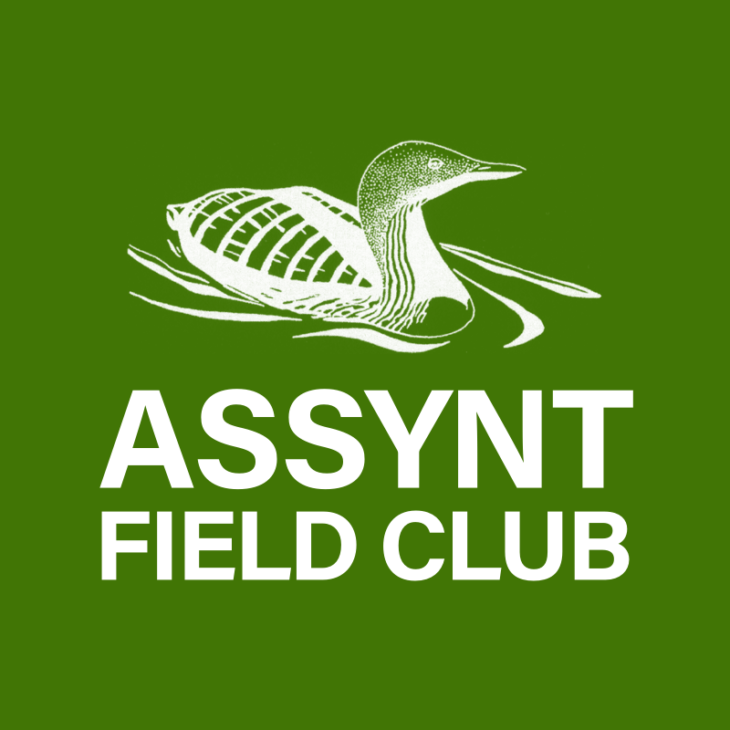What to Spot: November Edition
,
Continuing our partnership blog with Coigach & Assynt Living Landscape here are a few ideas to help you spot our wildlife during the coming month.
During November, it can often look as if there is no wildlife to see. While the more obvious activity from cetaceans, birds and insects has definitely decreased dramatically there is still an amazing range of things to see.
The Minch, for example, is home to three species of cetacean all year round: Harbour Porpoise, Phocoena phocoena; Risso’s Dolphin, Grampus griseus; and Orca, Orcinus orca.
Good places to watch from? Really anywhere with an elevated view of the open sea, when it’s pretty calm; but, remember you do need to have patience and wrap up warm!
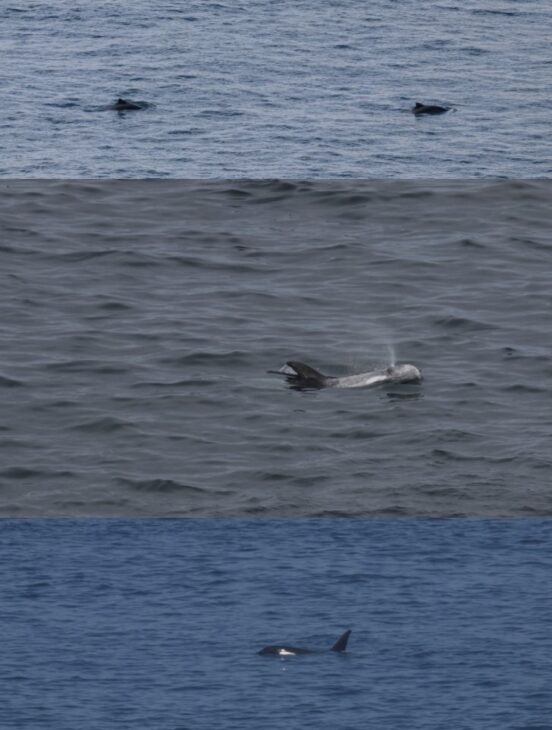
This month should see the arrival of more and more winter thrushes as Redwing, Turdus iliacus fly in from Iceland; and, Fieldfare, T. pilaris along with Mistle Thrush, T. viscivorus arrive from the east. Many of the Blackbirds, T. merula that we see now will also be winter visitors.
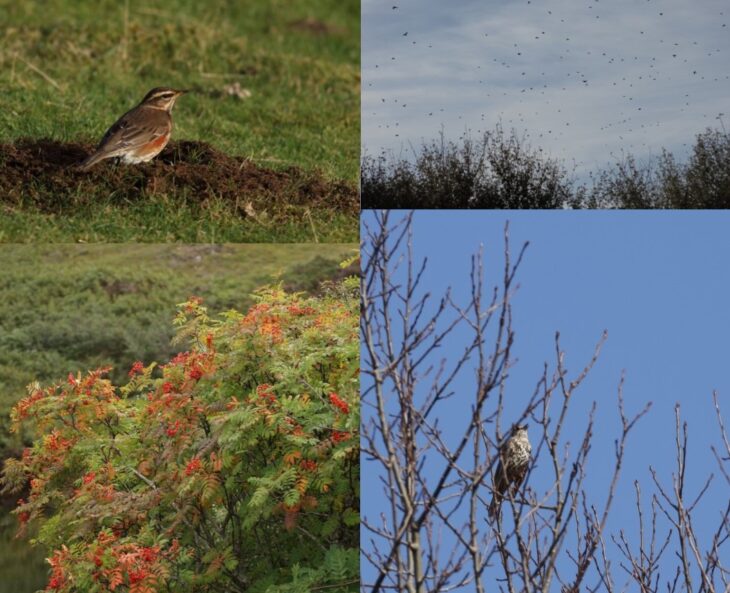
All these species are escaping much colder weather and reducing food supplies on their breeding grounds. Our Rowan berries are a huge food resource but, once they have been depleted the thrushes have to move on to find another supply.
Another stunning winter visitor, sometimes in huge numbers, is the Waxwing, Bombycilla garrulus. This Starling-sized, and shaped, bird is very distinctive with a large crest on its crown and the overall reddish-buff colour. The males, in particular, have bright yellow on the tip of their tail and on their wings; females also have the yellow but it’s not so bright and is generally smaller. The males also have long red ‘waxy’ appendages on some wing feathers.
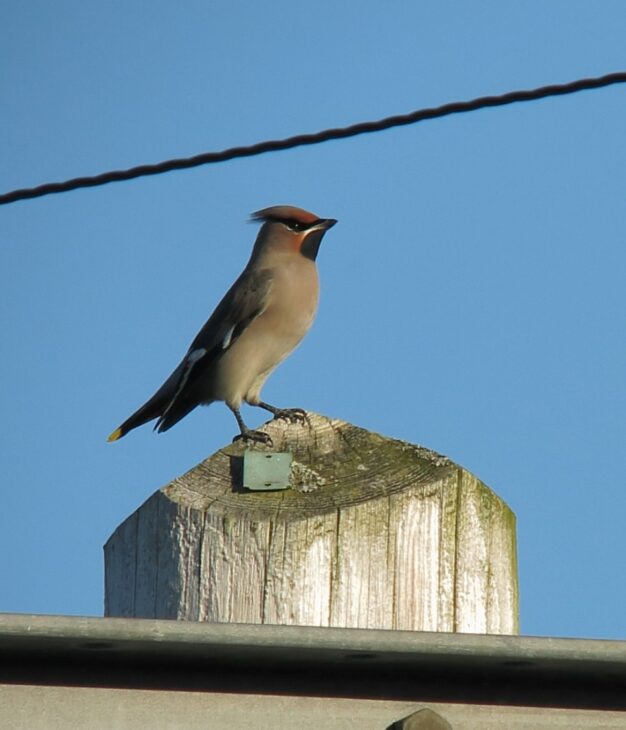
Apart from looking out for cetaceans or flocks of birds there are more ‘local’ things in our natural world to enjoy this month.
Bracken, Pteridium aquilinum, not everyone likes it but, it is well worth taking time just to enjoy the colours as this year’s fronds start to decay adding a wash of rusts and yellows to the landscape.
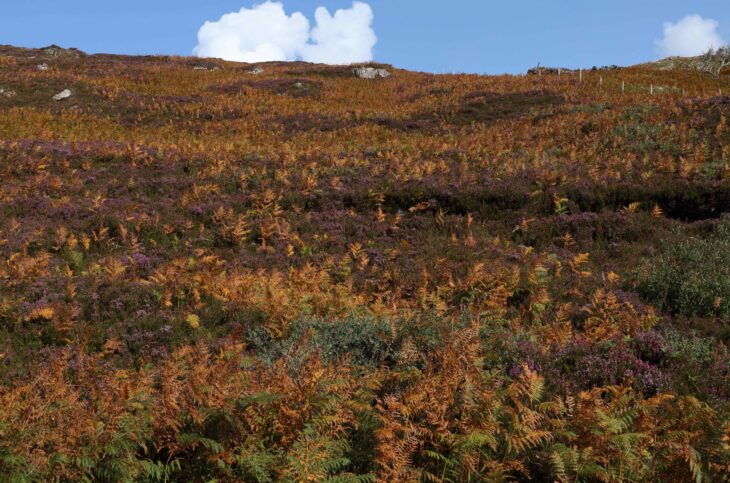
Lots of the trees will be bare by the end of this month but, next year’s leaf buds and catkins are already established.
Hazel, Corylus avellana, is the perfect example. The nuts from this season may still be hanging on some trees and, right next to them can be next year’s catkins.
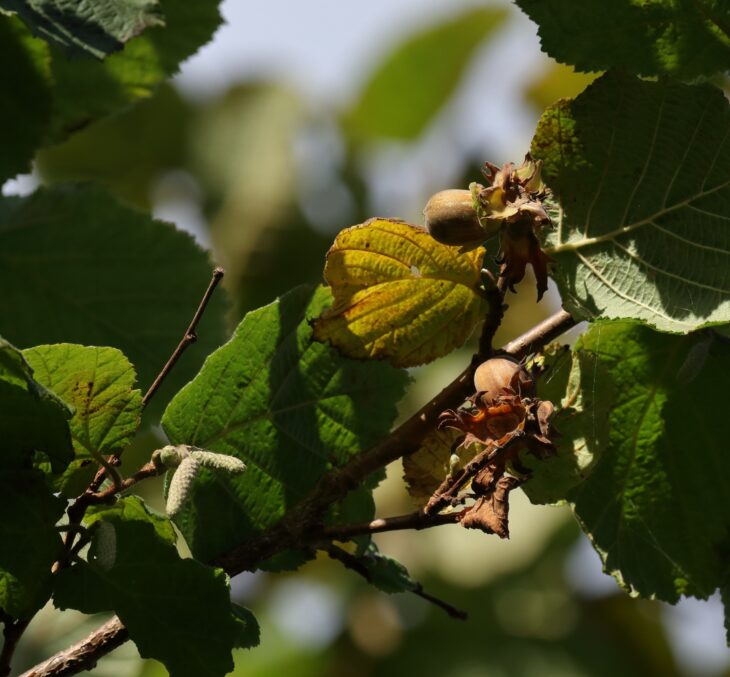
There’s not going to be much in the way of actual flowers to see this month but, a few heathers and the odd scabious might still be hanging on.
Bell Heather, Erica cinerea, and Cross-leaved Heath, E. tetralix, can have a few pink flowers left in sheltered spots. The purple-blue flowers of Devil’s-bit Scabious, Succisa pratensis, might also catch your eye as you have a wander on a good day.
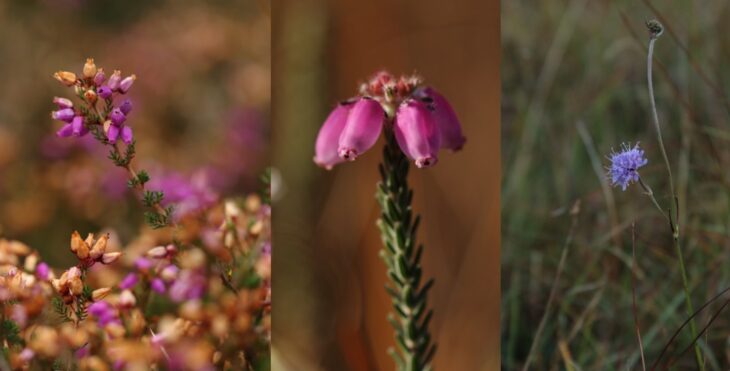
So please don’t write-off November as far as seeing and enjoying wildlife is concerned. There is nothing better than a walk on a cold dry day and finding a few surprises.
Wherever you go please enjoy our wildlife responsibly, thank you.
